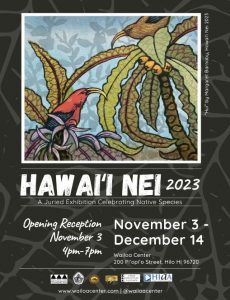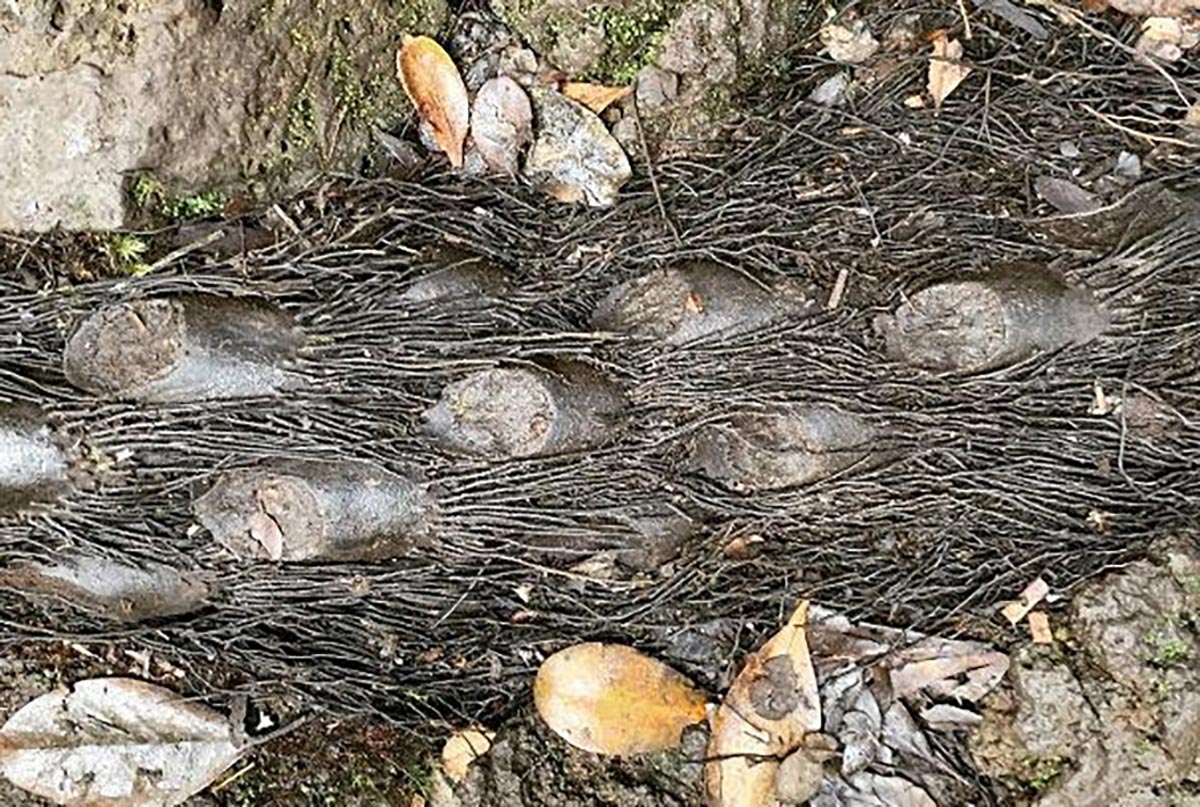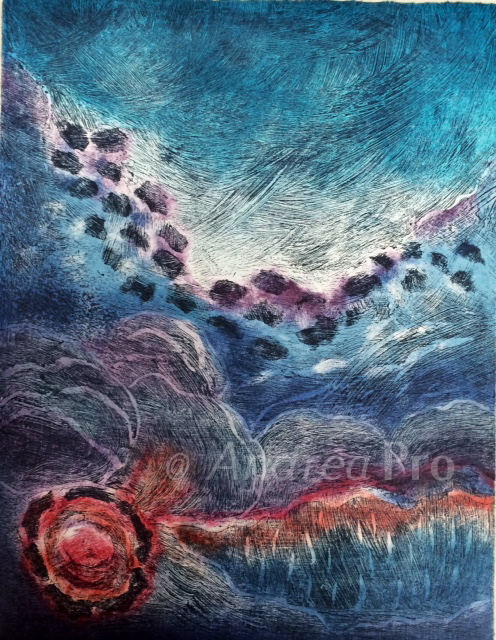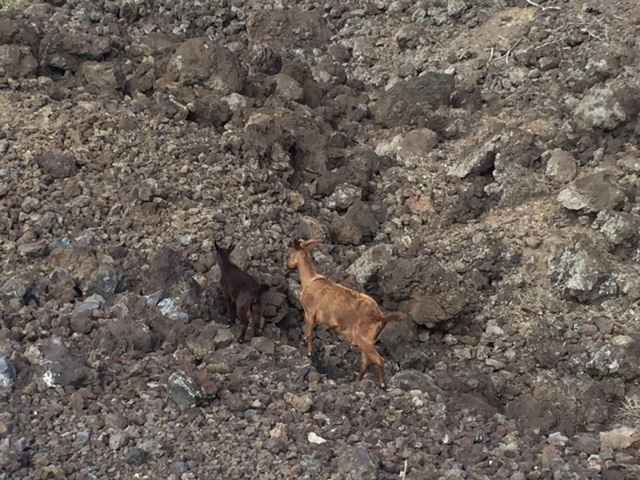Hawai’i Nei Exhibition 2023 My Process as a Juror- Exploration and Challenges
 Having entered my art in many juried exhibitions, I have found the process of selection has always felt like a mystery. Seriously! As an artist who has devoted hours and days of my time, energy and love to my project, how is it that I don’t get to understand the process of these people who have been given the job of choosing the art that is accepted and receives awards?
Having entered my art in many juried exhibitions, I have found the process of selection has always felt like a mystery. Seriously! As an artist who has devoted hours and days of my time, energy and love to my project, how is it that I don’t get to understand the process of these people who have been given the job of choosing the art that is accepted and receives awards?
I want more transparency in the art world. I hope that my reflections on this process help all of us in relating with and understanding the selection process involved in this particular exhibition.
Some background information
As the jurors for the adult division, Nainoa Rosehill and I met at Wailoa Center to make the initial selection of art accepted into the show through images on the CAFÉ website. Then over a week later we met again to select the art to receive awards. There were a total of 215 adult entries and we were allowed to select 100 pieces.
We had a zoom meeting prior to the first selection, just to get to know each other. I wanted to understand his approach to art and learn more about who he is. This meeting was a way of attuning to each other to create more ease and flow in our collaborative process.
These are a few of the considerations that influenced our selections and the awards:
- Mastery and skill in the medium used by the artist. This also included unusual or unique approaches to materials used or the execution of an unexpected approach to the work.
- We considered how each piece contributes to inspiring or educating people and eliciting a deeper conversation about the species or environment. The questions in my mind were:
“What does this piece express that is new or intriguing about this subject?”
“How does this piece move us forward in how we experience, talk about or engage with this subject?”
- One of my special considerations in regard to awards was the artist’s body of work, their overall involvement, understanding and commitment to conservation. This factor did not exclude artists who are new to this kind of art, however I did research to understand more about many of the artists in the final selections. I think this was influenced by my own memory of an award I received in one of the early Hawai’I Nei exhibitions, and how this acknowledgement encouraged me to deepen my learning and commitment to environmental conservation topics in my own art.
- As the process went along, I found myself influenced by Nainoa’s awareness of unique and unusual choices in materials, medium or subject. We noticed when we lingered over a piece with surprise and delight.
There were so many hard decisions in the awards part of the process. Even now I find myself thinking about particular pieces that we were not able to recognize with an award. I chose “The Year of the Snail” as my Honorable Mention because of the importance of this species and because Martha Roditti’s unique choice of presentation and materials were so interesting. With my printmaking background, John Mydock’s He’e in the Aloha Reef, with its detailed and exquisite incising, lit up all the pleasure centers in my brain. That was a tough call.
In addition to the beauty of “Out of the Mist, Delissea Argutidentata” by Suzi Lacey, we found this image compelling because it tells the story of the recent discovery of this special plant that was thought to be extinct, and the heroic efforts of many people and agencies involved in replanting it in the wild. This image tells a big story of conservation in action.
Emily Herb’s “Web of Life” was compelling, not only because of her mastery of a difficult medium, but also because it was such a powerful narrative of the relationship and life-cycle of the endangered Palila and Māmane in one of our most critically impacted environments.
As Nainoa and I shared hours of talking about the art, I noticed that his deep understanding and knowledge of his culture and land was helping me to interpret some of the art in deeper ways that were new for me. I also noticed his attraction to pieces that evoked a primal rawness and power. In my mind, his choice of “‘Alalā at Panaʻewa” by Shay Hachiya was a bold move that brings some edginess to the selections. Our choice of Ethan Froneyʻs Hāʻukeʻukeʻulaʻula Test in the 3-D category was influenced by Nainoaʻs attraction to the bold use of metal to depict a decomposing urchin. I got it! Anyone who explores reefs often sees decomposing coral, shells and urchins, and knows that all that calcium carbonate eventually becomes the reef. What a bold, and yet subtle expression of the life cycle of a sea creature and itʻs habitat!
Our jurorʻs choice award to Saxony Charlotʻs “Forget-Me-Not” was our easiest decision. Her expression of the extinct Kioea bird and hau hele, the flower it co-evolved with, is a heartbreaking testament to our history of lack of awareness and care for the environment, and a call to do better in the future. The exquisite detail and mastery of her medium is impressive, as is the story she posted on her instagram page @autochthonus_hawaii.
I believe that every juried art exhibition is influenced by the preferences and, perhaps, biases, of the people choosing the art. Here are a few of mine:
As a printmaker I look for details and organic materials. Iʻm not a fan of metal prints from an aesthetic or environmental perspective. My early training in photography leads my attention to high-resolution photos with a wide range of tonal values. I respond most to environmental art that has a clear and strong visual narrative, or generates an insight, feeling or new awareness.
Being a juror for this exhibition was a tough job! So many skillful and evocative pieces did not get awards because of the limits in this structure of showing art. What stands out for me is the dialogue that Nainoa and I engaged in as we slowly and carefully viewed and discussed each piece. I hope that my sharing about the process helps deepen the conversations we have about environmental art. In the end itʻs the conversations and inspiration that we experience together that moves us to care and take action to preserve our native species. Iʻm so grateful to Amelie Sterling and all the folks at Three Mountain Alliance who work so hard to create this special event that calls artists, residents and visitors to engage more deeply in our kuleana to malama our precious and fragile life of the land here on Hawai’I island.






 Sign up for my email list now and receive this greeting card download to print/share with your friends and family.
Sign up for my email list now and receive this greeting card download to print/share with your friends and family.